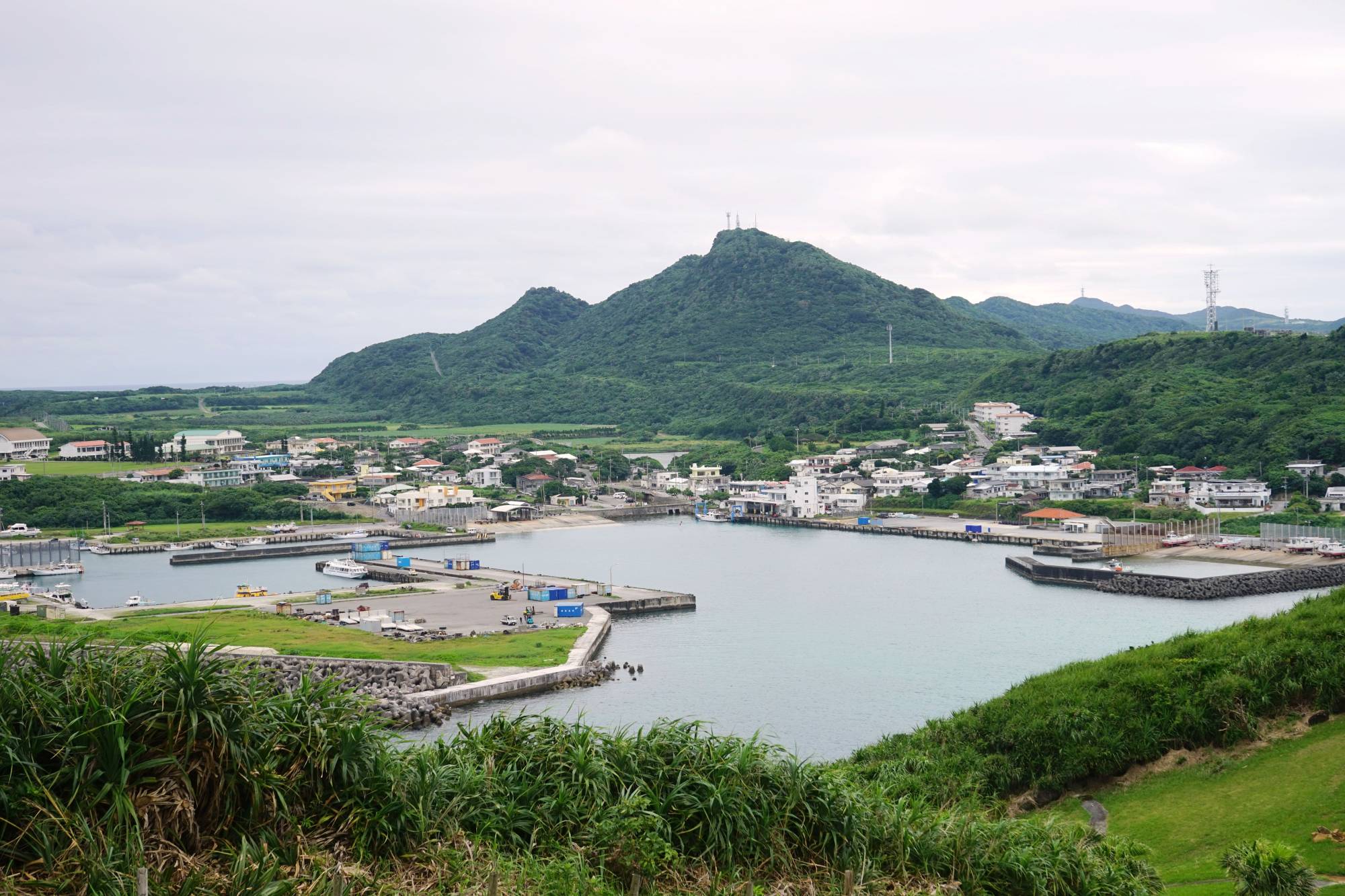Under a tropical sky in the rainy season in Yonaguni, Okinawa Prefecture, grazing horses and cows leisurely cross the road. The quiet island, Japan's westernmost, which is home to about 1,700 people, is now under a sense of crisis with a possible contingency looming over Taiwan, 111 kilometers to the west.
“Is Yonaguni next after Ukraine?” asked a son of Masayuki Tajima, 50, a town official. He'd been at a loss for an answer when his son, a third grader, asked him the question at the end of February, while watching a TV news program about the Russian military invasion of Ukraine.
The show was airing a story in the form of a drama in which Yonaguni was caught in the crossfire of war as China launched an invasion of Taiwan. Perhaps overcome with anxiety, the boy burst into tears.


















With your current subscription plan you can comment on stories. However, before writing your first comment, please create a display name in the Profile section of your subscriber account page.